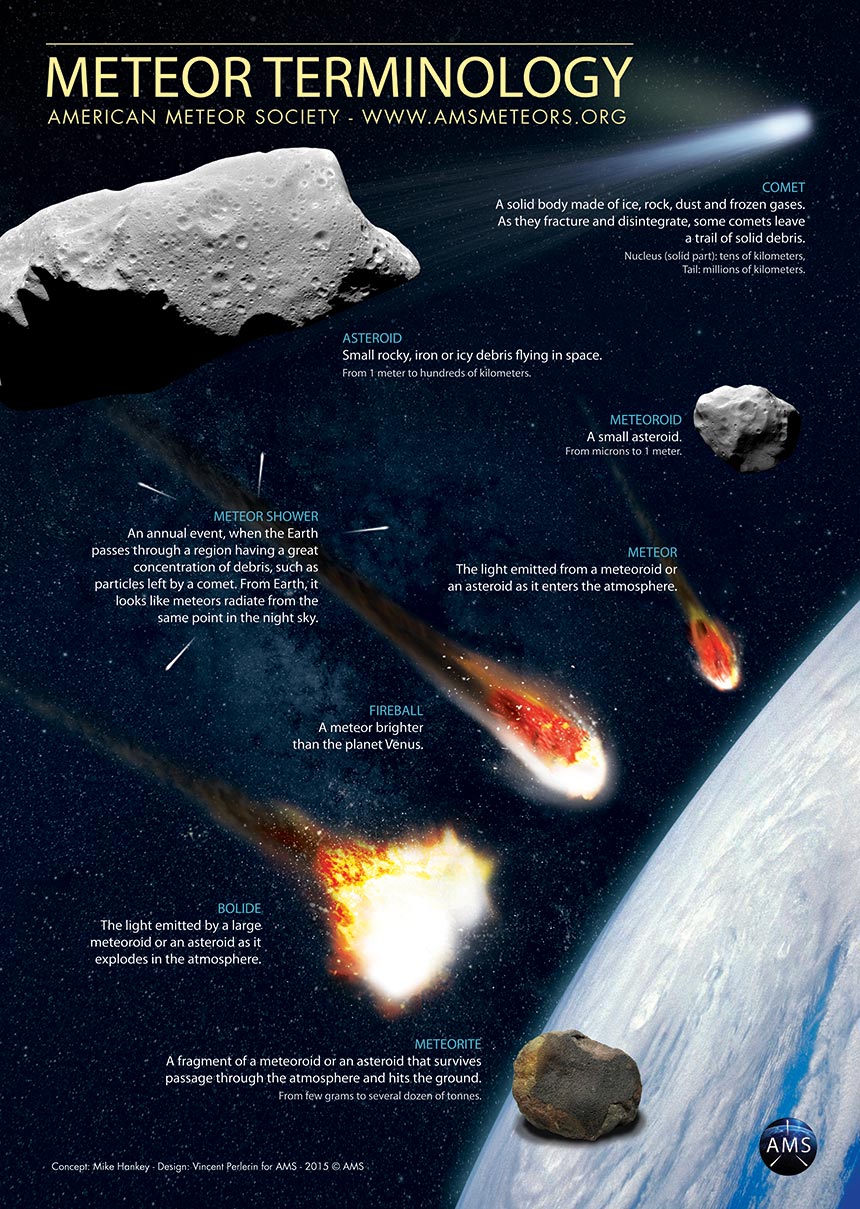Fireballs light up Ontario Skies in early December 2020
/Three fireballs have been reported by Ontario residents during the past week including two last evening (Monday, December 7) and one during the day on Wednesday, December 2.
Conor M. shared this spectacular dash cam video of the 7:30pm fireball from last night.
The NASA Meteor Watch update of this fireball states that it occurred at 7:31 PM Eastern Standard Time. Over 150 reports were submitted from Ontario, Quebec and 12 states. Analysis of the video data from Western’s Southern Ontario Meteor Network showed the meteor was first visible above the town of Rossie, New York and disintegrated above Lyn, Ontario near Brockville. The estimated mass of the meteor was 3 kg and it had a diameter of 13 cm. The orbit that they calculated for this object suggests that it is from the Asteroid Belt between Mars and Jupiter and is not from the currently active Geminid meteor shower. The Geminid meteor shower, which peaks on December 13, is known to produce fireballs.
The “heat map” below is from the American Meteor Society event page and shows where people were located when they saw the meteor and its path (blue arrow) based on the observations.
Credit: American Meteor Society
For more information and videos of this fireball check out NASA’s fireball event page.
The second fireball occurred an hour later at about 8:30pm. This was not as widely reported and we do not have as much information about it. There are currently 28 reports from CT, DE, MD, NJ, NY, Ontario and PA. Here is the heat map from this event.
Credit: American Meteor Society
The fireball last week (December 2, 2020) was a rare daylight fireball that was not only spotted in Ontario and New York but also in 5 other states. The object was much larger than the ones from last night and is estimated to have had a mass of approximately 850-900 kg and had a diameter of 80-90 cm. This makes it close to being classified as an asteroid versus a meteoroid. When it broke apart the energy released was the equivalent of 66 tons of TNT.
Credit: American Meteor Society
A loud boom was reported as well around the time of this meteor. Sonic booms are associated with very bright meteors when they explode. The explosion that was produced by this bolide was also measured by seismic instruments in the area including one in Oshawa.
This poster from AMS explains the terminology of meteors.

If you see a fireball we encourage to you to report it to the either the American Meteor Society or the International Meteor Organization as your observations can help researchers.





